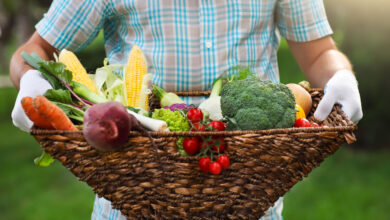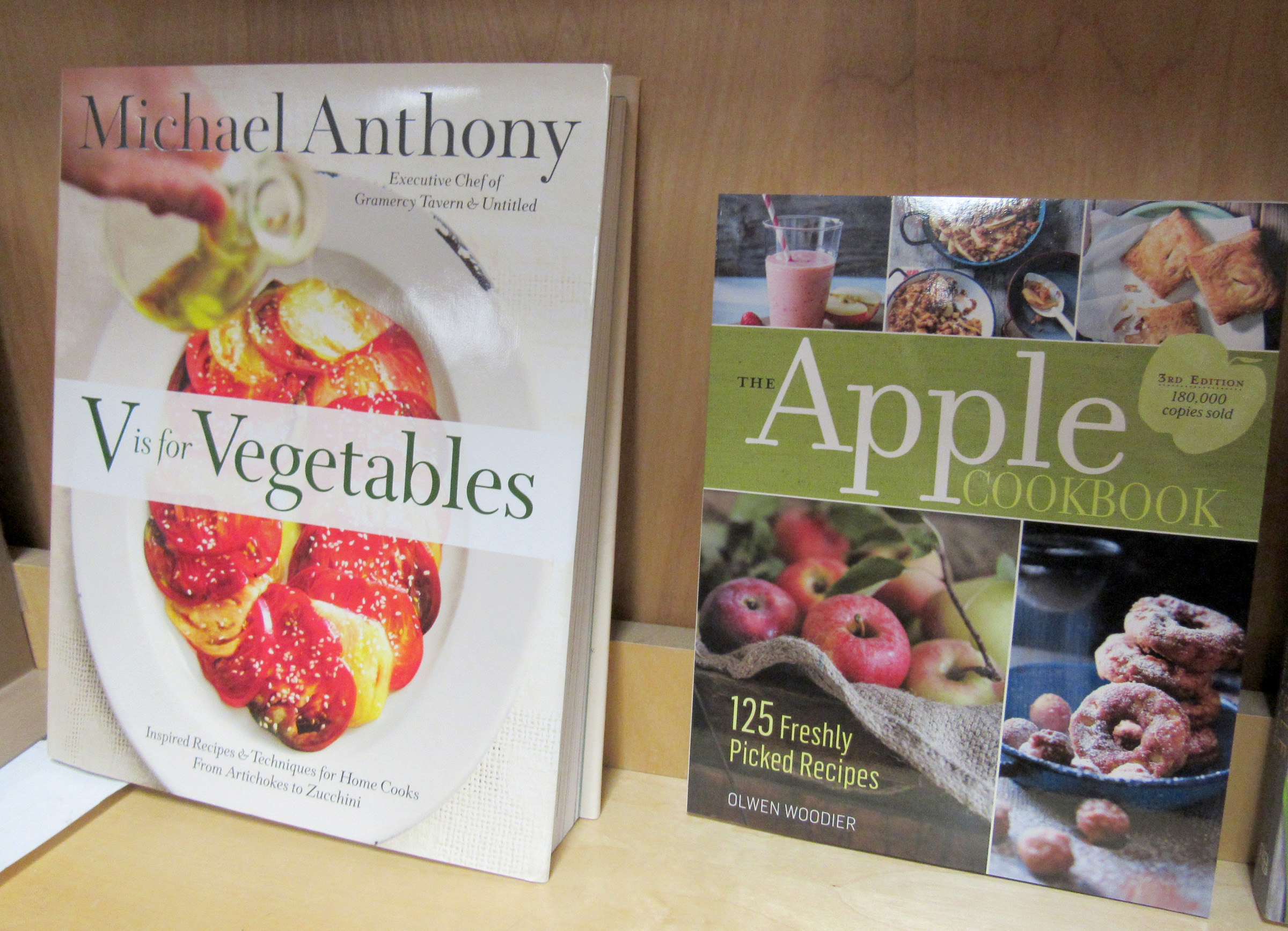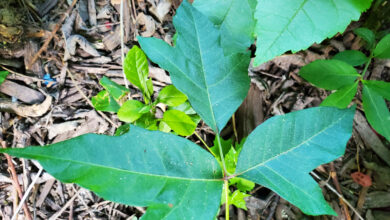Get ready for rhubarb season

I love fruit and sometimes I like to think of my garden as a pie garden. I have raspberries, grapes, apples, cherries, currants, and – even though it’s really considered a vegetable – rhubarb, which I love to use for pies.
It has become a tradition for me to start the summer season with the baking of a rhubarb pie on Memorial Day weekend. Come September, the summer season ends on Labor Day weekend with the baking of an apple pie – both of which are made with produce from my garden. Pie making is deliciously satisfying for me and I love to be able to use what I grow in my own yard. It’s edible landscaping at its best, I think.
The rhubarb harvest is currently underway in our area and although strawberry/rhubarb is a June delicacy, rhubarb sauces and pies are a tasty way to feature the tart home-grown treat on its own.
Growing rhubarb is not difficult and if you have at least a corner of your yard for a few plants, it’s fun to grow. The harvest is early in the season, which I really like because at this point I feel like I can’t stand it any longer until the local produce season begins.
Purchase rhubarb roots or potted rhubarb at your garden center and carefully consider the location for planting, as rhubarb can be a long-lived plant. Rhubarb loves well-drained, deep, fertile soil, high in organic matter. You might want to consider improving your soil the year before you plant.
Rhubarb can tolerate part-shade, but for highest yields, plant in full sun in a spot with consistent moisture. Dormant crowns should be planted in early spring, as soon as the soil can be worked. Potted plants can be planted at any time. Crowns should be planted 1-3 inches deep and 2-3 feet apart – give your rhubarb plenty of room to grow and a spot with good air circulation.
Mulching helps retain moisture and suppress weeds. The plants require little or no fertilizer.
The first year, remove flower stalks, which form when the weather grows warmer. This strengthens the developing plant. Do not harvest leaf stems until the second year and hold off on a major harvest until the third year when the plants are well established.
To harvest, pull leaves with stalks in a gently twisting motion. Use only the stalks – the leaves contain oxalic acid, which is toxic in high doses. Leaves can be composted or used as a mulch. Refrigerate stalks for one week. Place them in a plastic bag or wrap in a damp cloth. Stalks can also be frozen, cooked or raw, in an airtight container.
Use rhubarb for pies, jams or sauces. An easy sauce can be made with 10 cups cubed rhubarb, three cups sugar and one teaspoon ground cinnamon.
Place rhubarb in a large pot and almost cover with water. Bring to a boil and then simmer over medium heat until very tender – about 20 minutes, while stirring occasionally. Remove from heat and add sugar and cinnamon until dissolved.
Serve hot or cold (allrecipes.com).






